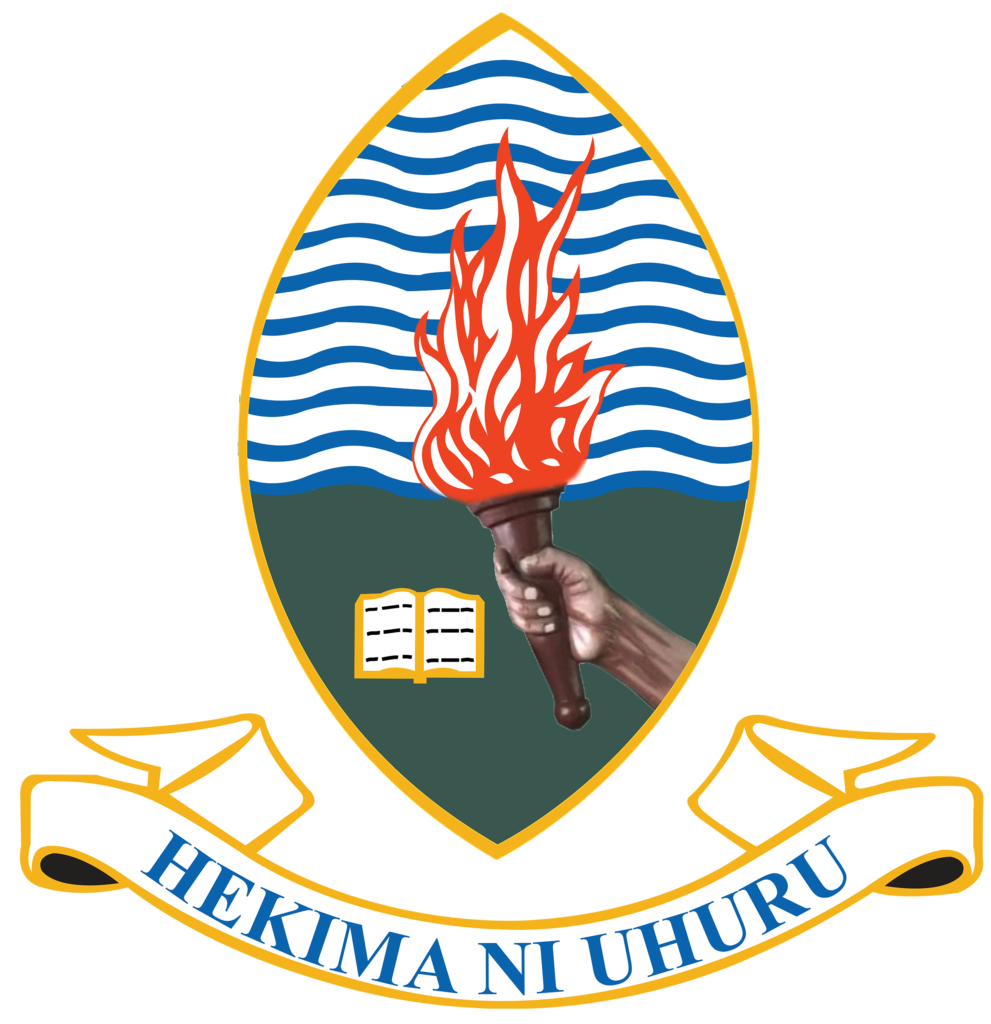Background: The Tanzania Food and Nutrition Centre (TFNC) is responsible for coordinating, guiding, and catalyzing nutrition responses. To make programming decisions better to address the causes and extent of malnutrition in Tanzania, TFNC has supported and enhanced the Nutrition Information System (NIS) to allow for improved data at all levels. The NIS comprises a series of data sources, such as national surveys and evaluation studies, program data, routine data systems, and periodic nutrition evaluations. Therefore, the NIS primarily used fragmented data generated by other sources, both routine and surveys, and from different sectors over a long period. This necessitated a need for a Multi-sectoral Nutrition Information System (MNIS) that produces information reflecting the multi-sectoral approach to nutrition.
Leveraging on the DHIS2 support for integration and interoperability, MNIS was implemented using the DHIS2 platform primarily to generate and use data generated by various programs and sources targeted to cater to multiple nutrition information needs. Data entry and collection tools were customized in DHIS2, automatically synchronizing nutrition direct, sensitive, and governance data across all levels and various periods from sectoral database systems. Consequently, MNIS is taking full advantage of DHIS2 Core Data Quality and Analysis Tools.
Methodology: A user participatory design approach was employed throughout the implementation of MNIS. In 2018, the UDSM DHIS2 Lab team and various stakeholders, including TFNC, sectoral ministries, and other partners, conducted MNIS indicators review and mapping, and produced data entry and collection tools. In 2019, the development of MNIS using the DHIS2 Platform and its integration with sectoral database systems was carried out with a series of workshops for user feedback and improvement. In 2020, the MNIS was deployed, followed by the system’s countrywide rollout training and maintenance for smooth operationalization.
Results: MNIS has been integrated with five sectoral systems, i.e., DHIS2 – HMIS, ARDS Web Portal, NSMIS, iMES, and PlanRep, for health, food status, WASH, direct nutrition, and nutrition intervention financing related indicators, respectively. The performances across all levels through multi-sectoral indicators can be analyzed, along with survey and population data, via all DHIS2 Core tools and Scorecard and BNA Applications.
Conclusion: MNIS has been integrated with five sectoral systems, i.e., DHIS2-HMIS, ARDS Web Portal, NSMIS, iMES, and PlanRep, for health, food status, WASH, direct nutrition, and nutrition intervention financing related indicators, respectively. Performances across all levels through multi-sectoral indicators can be analyzed, along with survey and population data, via all DHIS2 Core tools and Scorecard and BNA Applications.


